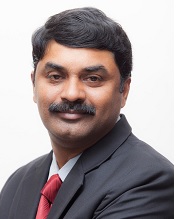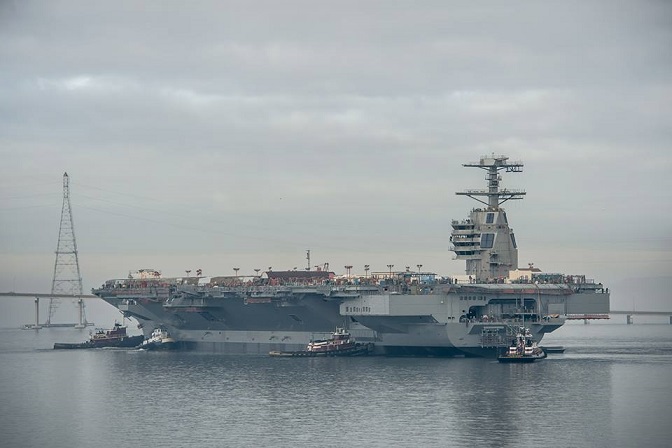
WASHINGTON (PTI): The Pentagon has established a first-ever country special cell to speed up its defence ties with India and accelerate the process of co-development and co-production of hi-tech military equipment in the country.
Established soon after Defence Secretary Ashton Carter assumed Pentagon's leadership role in February, India Rapid Reaction Cell (IRRC) is headed by Keith Webster, Director, International Cooperation Office of the Under Secretary of Defence for Acquisition, Technology and Logistics.
India is the only country to have a specific cell of its kind inside the Pentagon.
Currently, seven persons are working on this cell, representing various wings of the US Department of Defence.
Given the new thrust on India-US defence relationship under Carter, officials say there is quite a few on the waiting list who have shown keen interest in working at the Pentagon's India Rapid Reaction Cell.
"The purpose of India Rapid Reaction Cell is to work all the initiatives that we have ongoing under (India-US) DTTI (Defence Trade and Technology Initiative) -- both the initiatives that for example came out of the joint statement between the (US) President and the Prime Minister in January (in New Delhi) to move quickly and timely and be through, which in my opinion requires dedicated support to ramp up the operational tempo," Webster told PTI.
"We are embarking on some new initiatives and the operational tempo is not declining at all," he said.
In the next coming months, a series of high-level exchanges are scheduled to take place, including that of Defence Minister Manohar Parrikar to the Pentagon.
Defence and Strategic relationship would be a key topic of discussion when US President Barack Obama meets Prime Minister Narendra Modi on the margins of the UN General Assembly in New York later this month.
India Rapid Reaction cell, he said, has been instrumental in accelerating the DTTI projects and has started the process to send some new proposals to India for co-production and co-development.
The mobile hydroelectric initiative and for-the-next- generation initiatives required negotiations, conclusion and signing of bilateral agreements.
"Statistically, such a negotiation between US and India which was done before many times takes on an average a year and half to three years. We were done within three months on the US side with India," he said, adding that the documents were finally signed by the Indians last month.
 Previous Article
Previous Article Next Article
Next Article













The Indian Air Force, in its flight trials evaluation report submitted before the Defence Ministry l..
view articleAn insight into the Medium Multi-Role Combat Aircraft competition...
view articleSky enthusiasts can now spot the International Space Station (ISS) commanded by Indian-American astr..
view article